Niacinamide is one of the most popular ingredients found in almost every skincare product due to its ability to target multiple skin concerns and being generally well-tolerated by all skin types.
However, while niacinamide is a non-comedogenic ingredient on its own, it can be added to formulas containing other comedogenic ingredients, which can cause acne breakouts for those prone to this condition.
In this article, we’ll cover everything about niacinamide and its potential comedogenicity, how the comedogenic scale work and whether it is fully reliable, and give a few recommendations for safe non-comedogenic niacinamide products you can try out without worrying about breakouts.
TLDR: Niacinamide is a non-comedogenic component on its own, but it can sometimes be added to products that contain other comedogenic ingredients.

What is Niacinamide?
Niacinamide is a form of vitamin B3, a water-soluble component that helps to keep your skin hydrated and smooth and is effective at improving a number of skin concerns.
A gentle ingredient that’s easy to formulate and gets along well with other components found in skincare products, niacinamide can be found in many formulas, from cleansers, toners, serums, moisturizers, and even sunscreens.
Niacinamide is also generally well tolerated, making it suitable for all skin types, including sensitive and reactive skin.
How Does Niacinamide Work?
One of the primary action mechanisms of niacinamide is its ability to increase the production of nicotinamide adenine dinucleotide (NAD+), which is a naturally occurring molecule in our cells responsible for DNA repair, cellular nutrition, and supplying cells with energy.
This is important because cells that lack energy die, and cell death leads to visible signs of aging, such as lines, wrinkles, and sagging, lackluster skin.
Niacinamide also has anti-inflammatory properties and can inhibit the production of inflammatory cytokines, which are molecules that promote inflammation in the body.
This action can help calm and soothe irritated skin and minimize some of the main symptoms of irritation, such as redness, flakiness, and blotchiness.
Besides that, thanks to its anti-inflammatory properties, niacinamide is a fantastic ingredient for those dealing with chronic inflammatory skin conditions such as rosacea and eczema, as well as reducing the appearance of common skin inflammatory skin conditions such as acne.
Additionally, niacinamide can also downregulate the expression of enzymes that break down collagen, a protein that provides structure and elasticity to the skin.
Furthermore, besides preventing the breakdown of collagen, niacinamide also boosts the production of ceramides, which are essential lipids that help maintain the skin barrier and protect the skin from environmental damage that can speed up the process of skin aging.
All these functions contribute to its ability to improve the appearance of redness, blotchiness, rough skin texture, fine lines and wrinkles, hyperpigmentation, and other signs of skin aging and damage.
The Benefits of Using Niacinamide in Your Skincare Routine
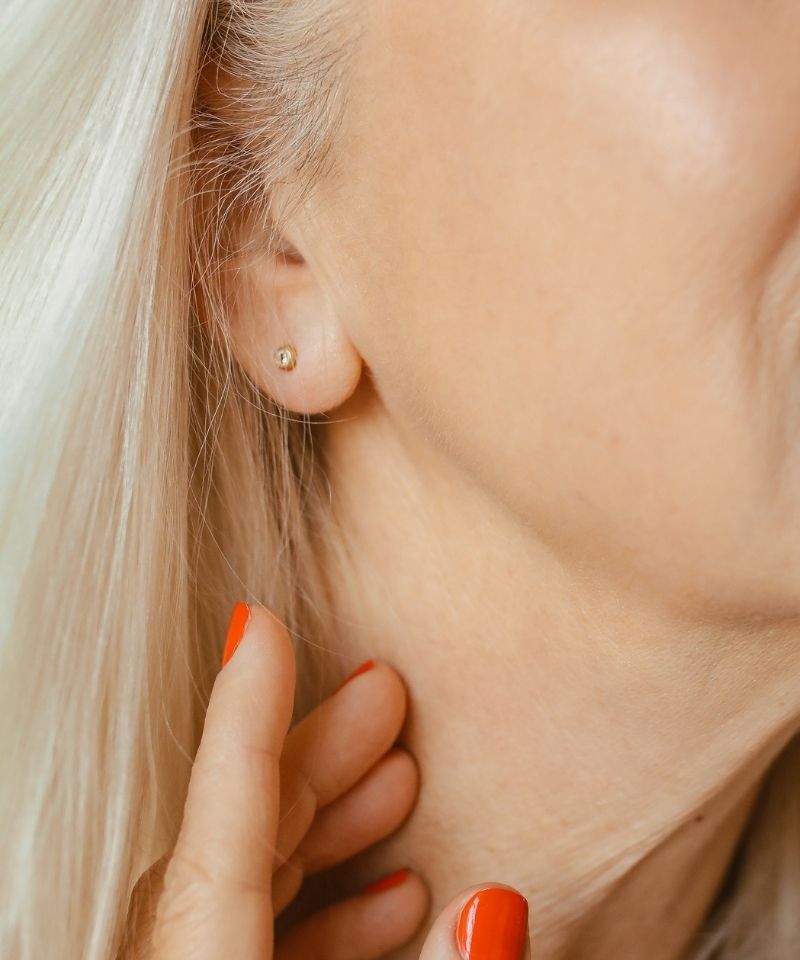
With its ability to target molecules involved in repairing the cells’ DNA, niacinamide can offer many benefits for the skin.
Here are some of the main benefits of using niacinamide in your skincare routine:
Reduced appearance of lines and wrinkles – due to its ability to stimulate the production of barrier-repairing ceramides and slow down the breakdown of collagen, niacinamide can help reduce the appearance of lines and wrinkles.
Improved redness and blotchiness – thanks to its anti-inflammatory properties, niacinamide can be very helpful in reducing the appearance of blotchiness, redness, and skin concerns such as post-inflammatory erythema.
Faded hyperpigmentation – due to its ability to target specific enzymes that trigger excess production of the brown pigment melanin, niacinamide can help fade existing hyperpigmentation and prevent new brown spots from forming.
Balanced oil production – due to its ability to regulate sebum production, niacinamide can help balance oily skin and keep your pores clear and refined.
Reduced acne – by keeping the pores clear of sebum accumulation and reducing inflammation, niacinamide can help soothe active acne and prevent new blemishes.
Antioxidant activity – niacinamide acts as an antioxidant, helping to neutralize free radicals and protect the skin from oxidative stress, which can help prevent premature aging, reduce sun damage, and maintain overall skin health.
Is Niacinamide Non-Comedogenic?
Niacinamide is a non-comedogenic component on its own; however, it can sometimes be added to products that contain other comedogenic ingredients, which can trigger blemishes for those with acne-prone skin who are sensitive to comedogenic agents.
Therefore, instead of simply trusting the label that highlights the niacinamide as the main active ingredient, it’s important to always go over the ingredient list and try to spot ingredients that you may know you’re sensitive to because they have caused issues in the past or you have read that they can cause breakouts because they are comedogenic.
What is Comedogenicity in Skincare?
Comedogenicity is a term used to describe how likely ingredients in skincare products are to clog your pores and lead to breakouts.
However, while helpful in providing guidance on what ingredients to look for when shopping for skincare products, the comedogenicity scale is somewhat limited because it does not take into account other factors such as your skin type, environmental conditions, and overall lifestyle.
This makes it unreliable because every skin is different and reacts differently to various factors; therefore, it’s impossible to predict what ingredient might cause you to break out if you’ve never tried it before.
For example, someone with oily and acne-prone skin might react badly to stearates, such as stearic acid, which is considered a low comedogenicity ingredient, while another person who has the same skin type and is dealing with the same condition might use products containing emollients such as isopropyl myristate, which is considered a high comedogenicity ingredient, without any issues.
Additionally, comedogenic ratings are usually given to ingredients that are tested on animals, such as rabbits’ or pigs’ ears; therefore, the results may not reflect how the same ingredients will interact with human skin.
So, while it’s certainly not wrong to have some guidance on ingredients, especially if you don’t know much about skincare, relying solely on the comedogenicity scale when shopping for products isn’t truly necessary.
A better way to figure out what works for your unique skin and what doesn’t is to make a list of products that have caused you to break out in the past and try to figure out what they have in common by comparing their ingredient list.
This is when the comedogenicity scale can be helpful because it can confirm your suspicions about an ingredient rather than shape it, which will help you make better purchases instead of causing you to fear potentially beneficial ingredients by giving them a baseless rating.
However, with all that said, some ingredients can be more clogging for those with acne-prone skin than others, so while the comedogenicity scale isn’t reliable for several reasons, it’s still a great starting point to help you out in your skincare journey, especially when it comes to learning about ingredients.
My 5 Recommended Non-Comedogenic Niacinamide Serums for Acne-Prone Skin
If you’re dealing with acne, chances are that you are less inclined to experiment with products and see for yourself whether the comedogenic scale is correct or not.
Therefore, to make matters short and simple, here are some of the best esthetician-approved niacinamide serums specifically designed for acne-prone skin:
Versed Just Breathe Clarifying Facial Serum
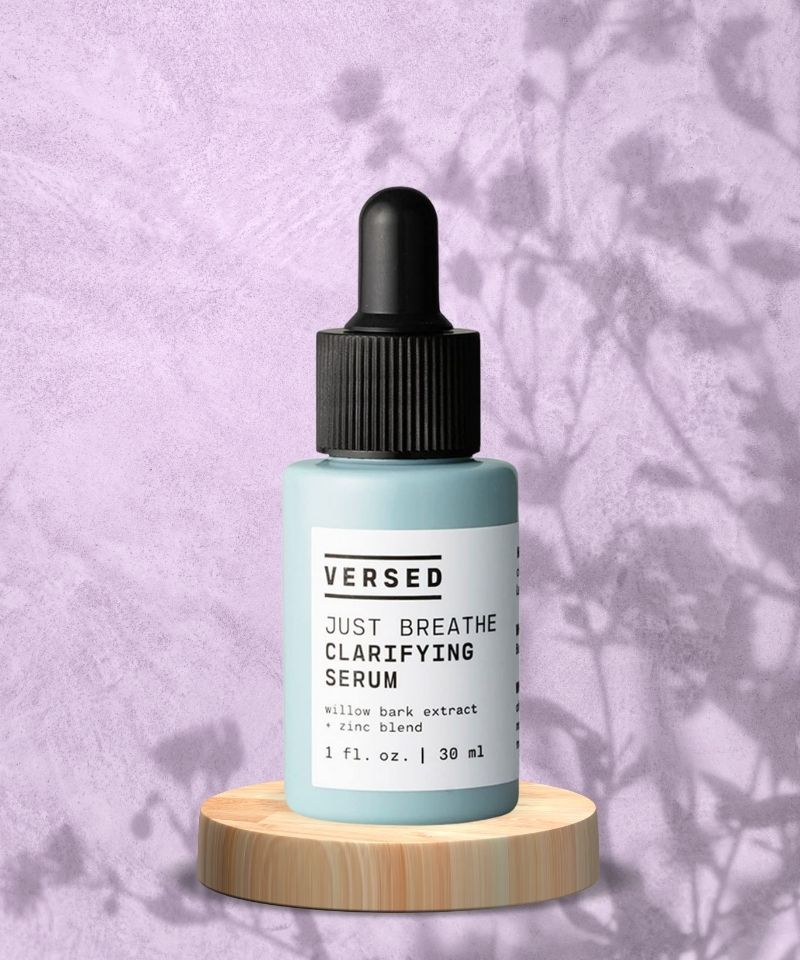
The Versed Just Breathe Clarifying Serum is a lightweight, budget-friendly option for those dealing with active acne.
Besides soothing and redness-calming niacinamide, the serum also contains healing zinc, hydrating humectants, and salicylic acid to gently exfoliate the pores and prevent cellular buildup from accumulating and causing acne.
Paula’s Choice Niacinamide 20% Treatment
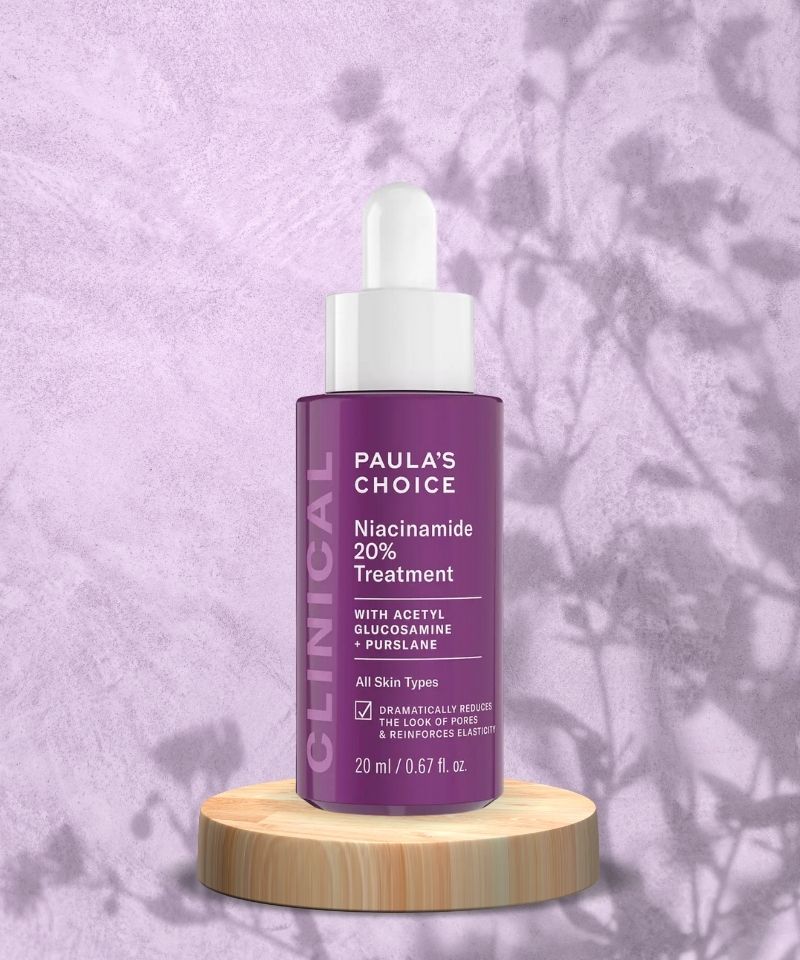
Fantastic for targeting hyperpigmentation, uneven skin tone, and rough skin texture, Paula’s Choice Niacinamide 20% Treatment is a potent serum formulated with an impressive concentration of niacinamide to tackle the most stubborn skin concerns.
But besides the main active, the serum also contains brightening vitamin C, soothing green tea extract, and a blend of antioxidants to nourish and protect the skin from environmental damage and premature aging.
SkinCeuticals Discoloration Defense
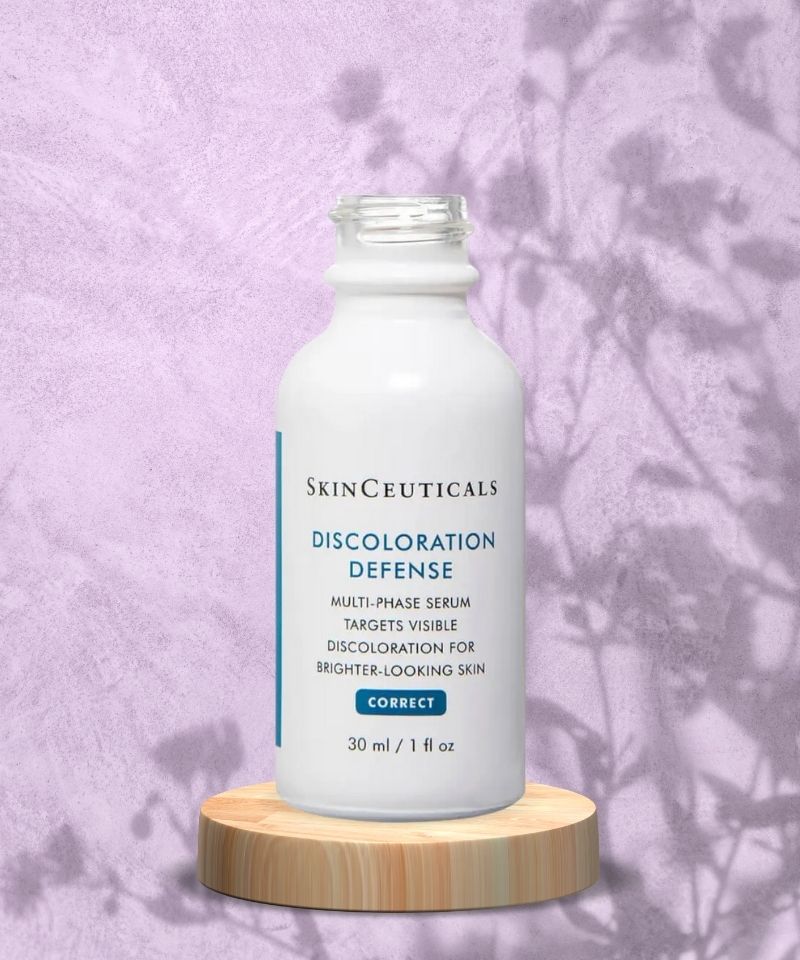
SkinCeuticals Discoloration Defense is a fantastic option for those dealing with pigmentary irregularities such as post-inflammatory hyperpigmentation, uneven skin tone, photodamage, and age spots that form due to prolonged and unprotected UV exposure.
The blend of brightening niacinamide along with tranexamic acid, kojic acid, and 5% HEPES, a synthetically-derived acid that dissolves the bonds binding dead skin cells together and encourages them to shed, work together to relieve hyperpigmentation and promote a clear and more uniform complexion.
iS Clinical Poly-Vitamin Serum
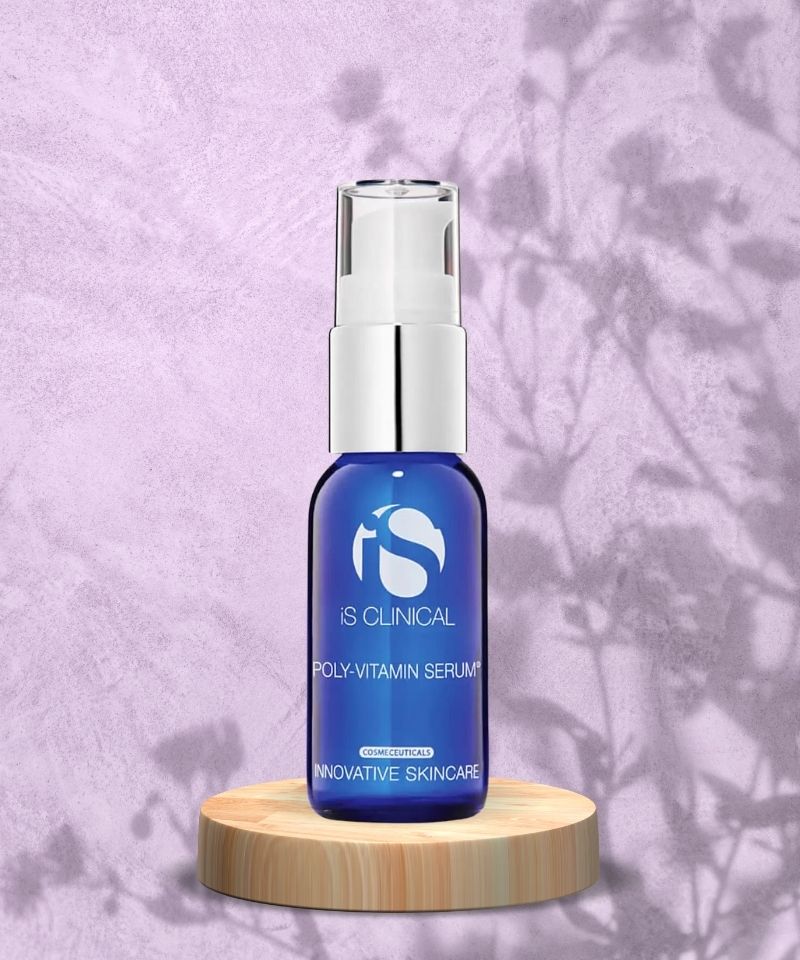
A nutrient-rich formula developed with hydrating hyaluronic acid, exfoliating acids, skin-soothing panthenol and niacinamide, and a mild vitamin A percentage, the Poly-Vitamin Serum by iS Clinical is a fantastic all-in-one treatment for multiple skin concerns.
Formulated to effectively reduce active acne, fade hyperpigmentation, refine uneven skin texture, and target signs of skin aging such as lines and wrinkles, this potent serum makes a fantastic addition to any skincare routine.
PCA SKIN Vitamin B3 Brightening Serum
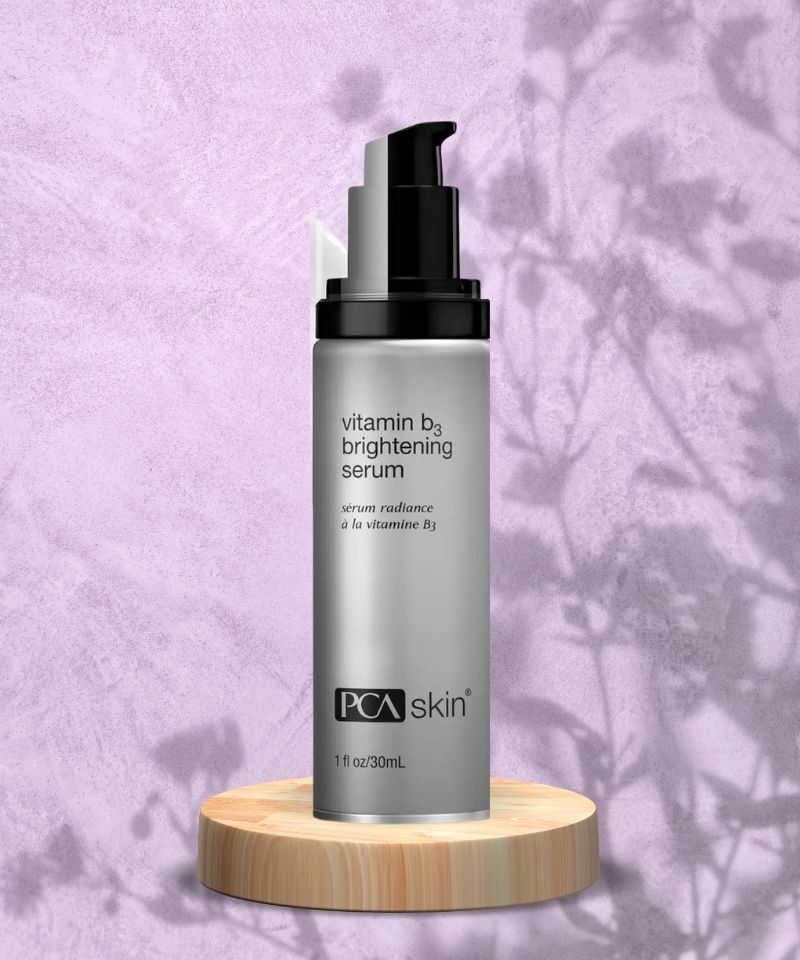 Particularly formulated for targeting stubborn hyperpigmentation caused by healed pimples, the PCA SKIN Vitamin B3 Brightening Serum contains a blend of powerful skin-brightening ingredients such as niacinamide, mulberry extract, and plankton extract to target excess pigment production in the deeper layers of the epidermis.
Particularly formulated for targeting stubborn hyperpigmentation caused by healed pimples, the PCA SKIN Vitamin B3 Brightening Serum contains a blend of powerful skin-brightening ingredients such as niacinamide, mulberry extract, and plankton extract to target excess pigment production in the deeper layers of the epidermis.
The addition of soothing green tea extract also makes this serum suitable for those dealing with redness caused by active acne, while oligopeptides work to promote collagen production and improve the appearance of atrophic acne scars.

My name is Simone and I am a certified skin specialist. I created this website to teach my readers how to take great care of their skin and I also like to occasionally share my honest opinions on skincare products I’ve tried. You can learn more about me here.
